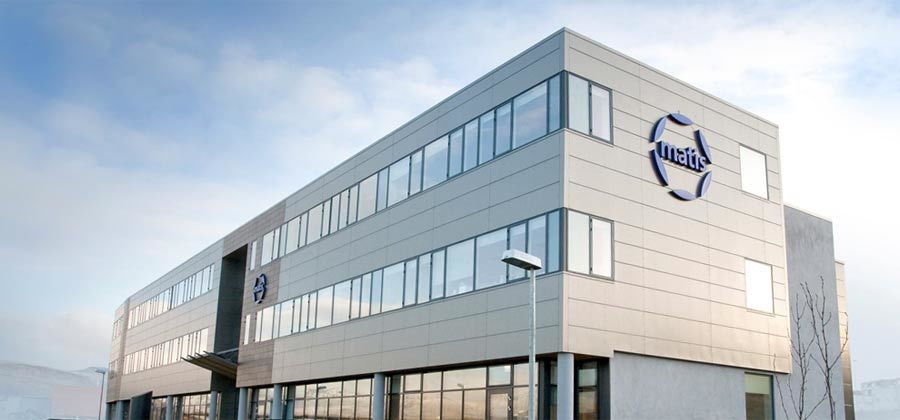Aquaculture can be very useful in building an efficient sector in the Icelandic fisheries sector, not least in the fjords in the countryside where there is sufficient space, as stated in the case of Einar K. Guðfinnson, Minister of Fisheries and Agriculture, at an open meeting of Matís on cod farming in Ísafjörður. He says that by accelerating the development of aquaculture in Iceland, it is possible to multiply the production capacity for the industry, create increased employment opportunities in many parts of the country and provide good raw materials for demanding markets. However, he warns of a gold digger mood in connection with the cod farming.
"Fire is a large part of the production of seafood and is growing globally. It is therefore important for us Icelanders to be active participants in research and development in this field. In cod farming research in this country, efforts have been made to delay the sexual maturation of cod as much as possible so that it continues to expand so that it is possible to increase the efficiency of the fire, "said the Minister. It was also stated in his case that the development of cod farming in Iceland for commercial purposes is very important, but at the same time a risky long-term project that requires a concerted effort by public bodies and private companies.
"At this point in time, we are at a kind of threshold as far as cod farming is concerned. We need to make decisions about the future and where we are going. Tireless, costly and patient work is behind us. We have learned a lot and now it's time to take the next step. Although not all of the questions have been answered, we know that there are great possibilities in cod farming; possibilities that I am not alone in having high hopes for. "
The Minister pointed out, however, that those involved in aquaculture would still have to take care of themselves. "I think I now feel a bit similar to the discussion about cod farming and in the early days of that business activity. The gold digger mood. She has little right. As before, cod farming requires a great deal of resources and knowledge, which can only be obtained through experience and a scientific approach. People do not build cod farms as if waving a hand. It requires a completely different way of working and a great deal of discipline. It teaches us experience and is it not always the worst? Here you can find people with this vast experience and knowledge who can carry all of this. It is on the basis of the experience that I think we should build our next steps. And therefore I believe that the government should support such efforts on the part of the industry itself, as people build on the knowledge that has accumulated within the companies and in our scientific community, "said Einar K. Guðfinnsson, Minister of Fisheries and Agriculture.





